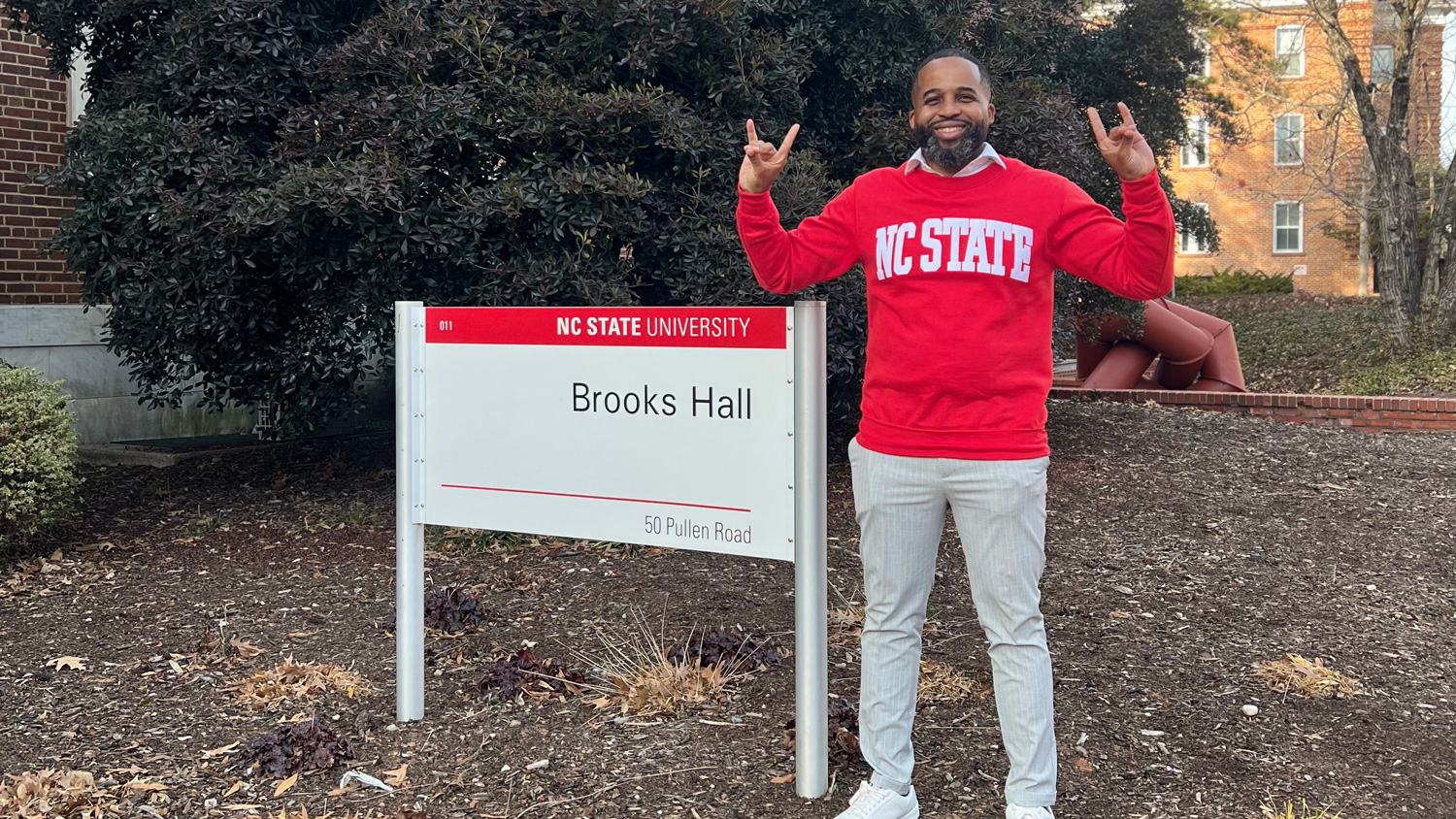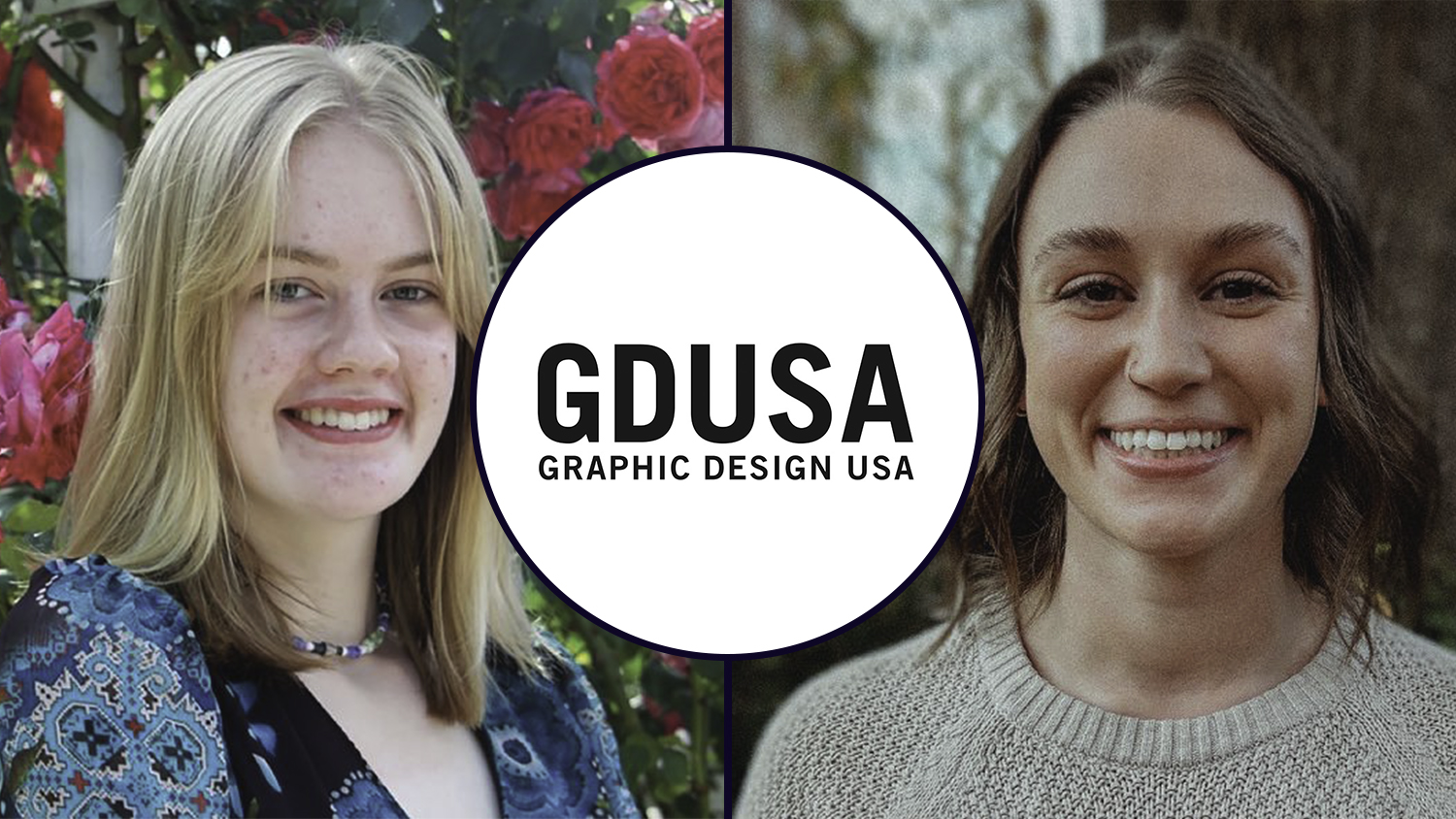Born in Lincolnton, NC, Charles developed an early interest in fashion while observing the transformative impact that clothing had on his mother’s persona. Charles studied fine arts, painting, and textiles at North Carolina State University’s College of Design, where his curriculum was based largely on the modernist movement—an aesthetic code he continues to employ. Following graduation, Charles spent a year abroad studying Central Asian textiles.
“I walked into this university thinking I would be an architect, and then I got in my first semester studio and fell in love with fabric manipulation,” says Charles Harbison, Art + Design graduate and founder and creative director of HARBISON. From there, he fell in love with fiber arts, tapestry, weaving, and textiles from around the world, and decided to switch to Art + Design and Textiles with the intent of pursuing fashion design in New York.
After receiving a bachelors degree from NC State, Harbison took a year to study textiles in Central Asia before moving on to Parsons School of Design. During his time there, he interned at Jack Spade before landing his first job at Michael Kors. From there, he worked at Luca Luca and Billy Reid, before finally launching his own collection in New York, HARBISON. Since then, the brand has pivoted to be a studio in LA, where he has been able to dress the likes of Beyoncé, Solange, and Ava Duvernay.
As Harbison continued to grow and shape his own design aesthetic, he reflects on how it all stemmed back to his experience growing up with his mother in a small mill town in NC. “I come from blue-collar people, and I would see my mom transform on the weekends from a mill worker to this elegant, confident, beautiful woman. And it had less to do with what she looked like and more to do with being able to tell that she felt great.”
Realizing that connection to his own personal history was a journey that he continues to this day, but was also one that he felt gave him a huge advantage starting out in New York. “I was a country boy in this urban environment – honor your background in your work, even if it may feel difficult because in the end, it is your point of differentiation, and a reason for people to look back at you and you particularly,” he adds.
Harbison continues to put his identity at the forefront of his work, to help increase the representation of Black people – not just in fashion, but in entrepreneurship, in ownership, in talent and in decision-making. “We’re getting there – but we have a way to go. The goal now is to make sure that we are not depending on the next generation’s response to representation to invoke more change, but that we’re also pushing as hard as we can to take the representation and center that ownership so that you’re not always configuring a space where you’re looking to be represented but you’re configuring a space where you’re inherently represented” he adds.
- Categories:



